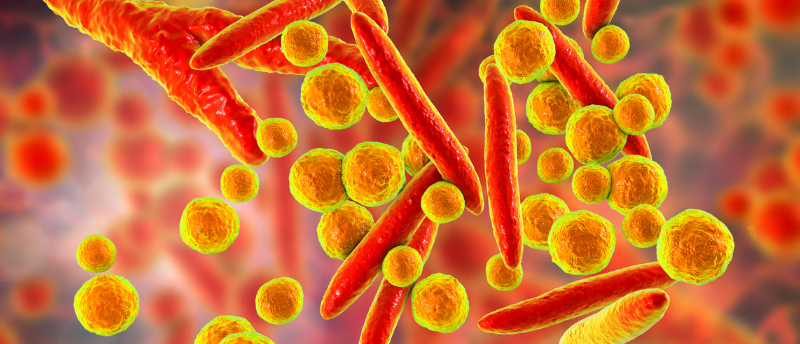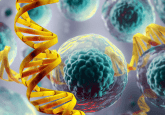Poster: How to prevent mycoplasma contamination and spread in your cell culture laboratory

Mycoplasma is a common bacterial contaminator in cell culture laboratories. Mycoplasma contamination has been shown to induce cellular changes, e.g. susceptibility to drugs, which could render any results obtained from contaminated tissue cultures invalid. Pipettes are the most frequently used tools in the laboratory and therefore prone to contamination.
In this study, Sartorius demonstrate that autoclaving the pipette is the most efficient method to remove mycoplasma from pipettes. They also show that the pipette and pipetting technique have a big impact on cross contamination.
Pipettes are the most frequently used tools in the laboratory and therefore prone to contamination. Contaminated pipettes can cross contaminate samples and cell cultures. Regular cleaning of pipettes is absolutely essential for contamination control. Some pipettes are fully autoclavable or have parts that can be autoclaved. Wrong pipetting technique can also cause cross contaminations. Therefore, an ergonomic pipette and the right pipetting technique are absolutely essential to prevent mycoplasma contamination and to ensure clean samples and successful experiments.
This content was provided by





